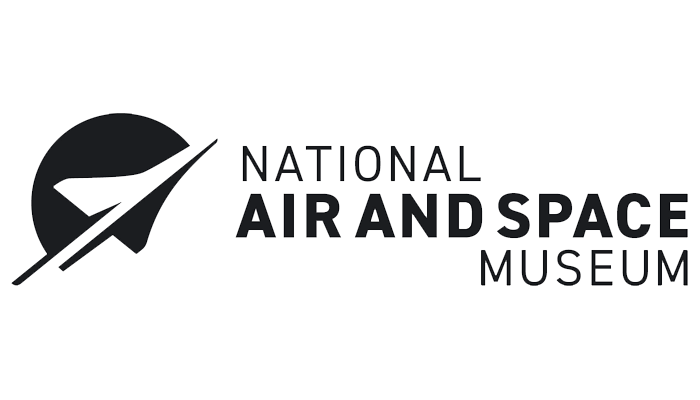While we believe that the books and resources recommended may be of value to you, keep in mind that these are suggestions only and you must do your own due diligence to determine whether the materials are appropriate and suitable for your use. PNC has no sponsorship or endorsement agreement with the authors or publishers of the materials listed.
COMMUNITY HELPERS

Weather Watchers
Children will learn about meteorologists and how they predict weather and about cloud formations.

Lesson Objective
Children will learn about the meteorologist, who is sometimes called a weather person, as a community helper who studies weather and how meteorologists examine clouds and cloud formations to help to predict the weather.
Science
What You'll Need
- Cotton balls – about 20 per child
- Glue
- Crayons
- Large drawing paper – 1 sheet per child
- Chart paper and marker
What To Do
- Share with the children, “Today we are going to talk about meteorologists and how they help us know about the weather. One way to learn about the weather is by learning about clouds.”
- Invite the children to look out the window or go for a short walk outside.
- “What can you see if you look up in the sky?”
- “Do you always see the same things when you look up?”
- Encourage the children to describe what they see. If they use some of the following words, emphasize them, otherwise introduce them into the conversation: fluffy, thick, thin, flat, high, low. Also encourage the use of words that describe size, shape, distance, and color.
- Use chart paper to record their observations. Invite students to draw pictures on the chart to show the types of clouds they saw.
- Explain that clouds are often categorized by meteorologists into three basic categories (see the "Did You Know?" section of this lesson for more information on these categories). Each type of cloud has a different job. Briefly name and describe the cloud types. Ask the children, “Can we identify the clouds that we saw in the sky?”
- Distribute the paper, glue, and cotton balls and let the children experiment making clouds on their paper.
- Gather together as a group and let the children share their creations. Work together to identify the types of clouds each child created. Can the children predict what kind of weather each cloud might produce?
Resources
Home School Resources
Home educators: use these printable lesson PDFs to teach this lesson to your home schoolers. They're available in English and Spanish.
Content Provided By
Common Core State Standards Initiative – These lessons are aligned with the Common Core State Standards ("CCSS"). The CCSS provide a consistent, clear understanding of the concepts and skills children are expected to learn and guide teachers to provide their students with opportunities to gain these important skills and foundational knowledge [1]. Visit the CCSS


